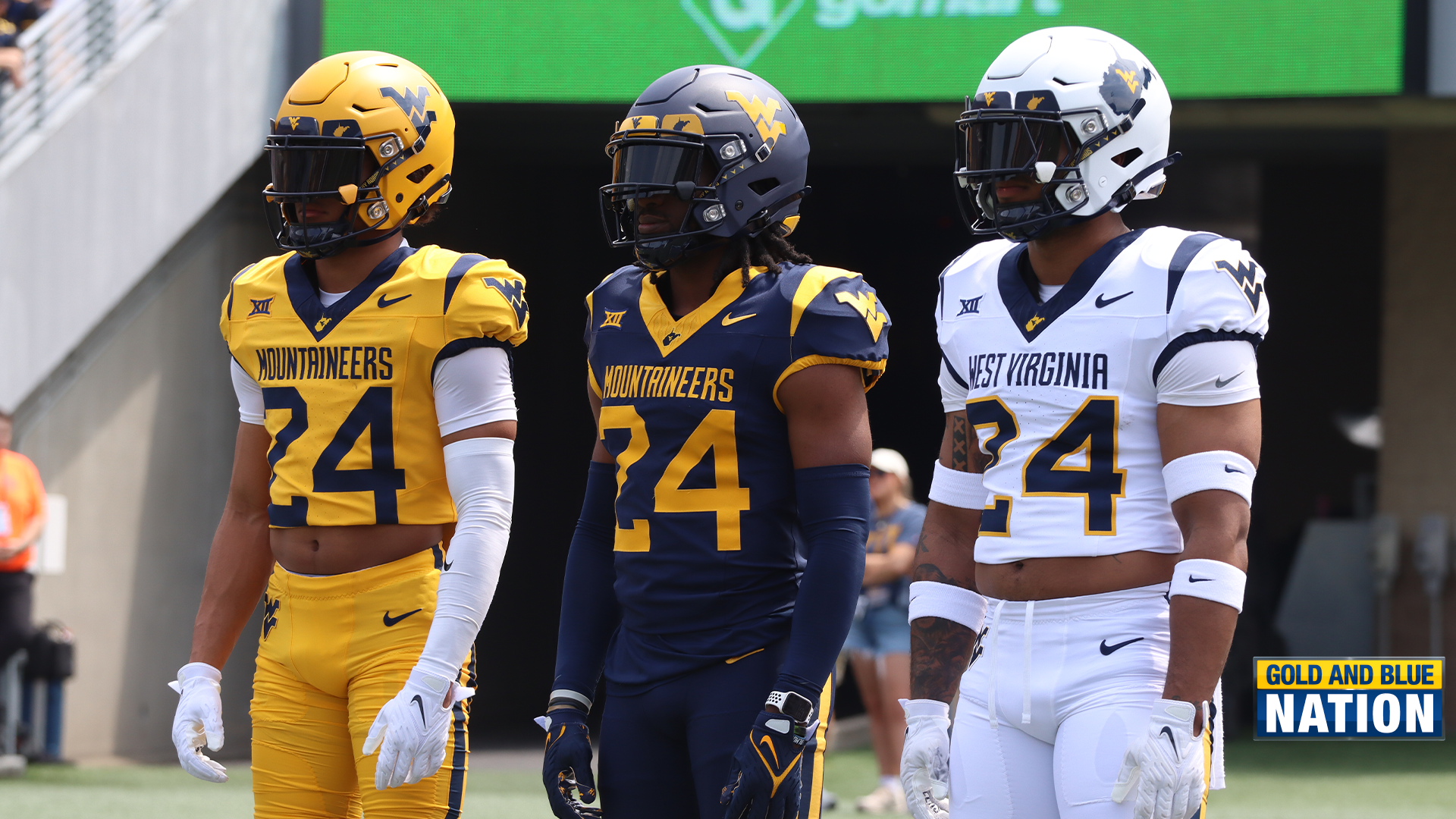West Virginia University’s football program is taking a calculated and disciplined approach to compensating its players under the evolving name, image, and likeness (NIL) landscape. Unlike some programs that engage in aggressive bidding wars for high school recruits or transfer portal players, WVU is structuring its payments with long-term stability in mind. Head coach Rich Rodriguez has made it clear that the Mountaineers will not be offering exorbitant NIL deals that could jeopardize the financial balance of the team.
Rodriguez, who recently returned to Morgantown, emphasized the importance of having a structured model rather than blindly distributing funds. He pointed to his time at Jacksonville State, where he implemented a system resembling an NFL salary cap. Under this model, each position receives a predetermined percentage of available funds, ensuring that resources are allocated fairly across the roster.
“You better have a little bit of a plan other than just grab bagging,” Rodriguez said. “Even at Jax State, we created a model like we had an NFL roster… If this is the money that we have, this percentage goes to QB1. This percentage goes to left tackle two; this percentage goes to corner one.”
Rather than allocating an overwhelming portion of the budget to a single high-profile recruit or transfer, Rodriguez intends to implement an “earned success model.” Players who secure starting roles after preseason camp will receive higher compensation than those on the scout team. This approach rewards performance and ensures financial equity within the team. “If you’re the starting left tackle after August camp, you’re going to get more money than the scout team right tackle,” Rodriguez added. “You got to have a fair kind of system that you want to do with your players.”
This structured approach not only promotes fairness but also mitigates risks associated with upfront payments to unproven players. Programs that make large financial commitments to high school recruits or transfers before they take the field could find themselves overpaying for players who may not meet expectations. WVU’s model ensures that compensation is tied to on-field contributions rather than speculation.
Another key aspect of the financial structure hinges on an expected court-approved antitrust settlement, which would allow universities to directly compensate players instead of relying solely on NIL collectives. While organizations like Country Roads Trust will continue to play a role in facilitating deals, the new system would provide schools with greater oversight and transparency in managing player compensation.
Under the proposed structure, universities will be permitted to distribute approximately $20 million per year across all athletic programs. Each school will have the autonomy to decide how to allocate these funds, with football and men’s and women’s basketball expected to receive the largest share. Other sports, such as baseball, volleyball, soccer, and wrestling, will receive a smaller portion of the budget.
By implementing a structured, performance-based compensation model, West Virginia aims to remain competitive while maintaining financial stability. Rather than engaging in reckless spending, the Mountaineers are focused on building a sustainable system that rewards performance, supports long-term program success, and ensures fair treatment of student-athletes across the board.
